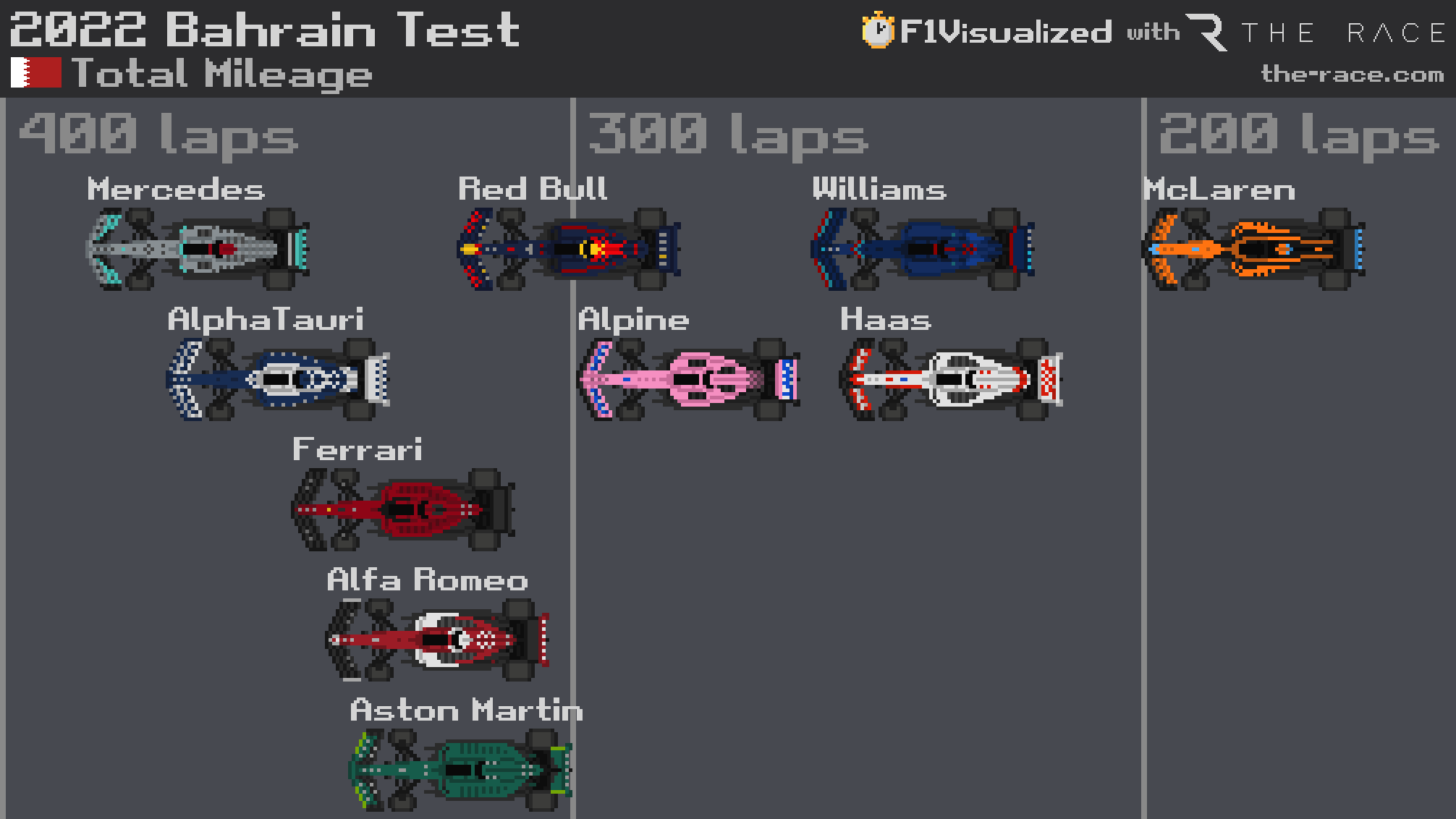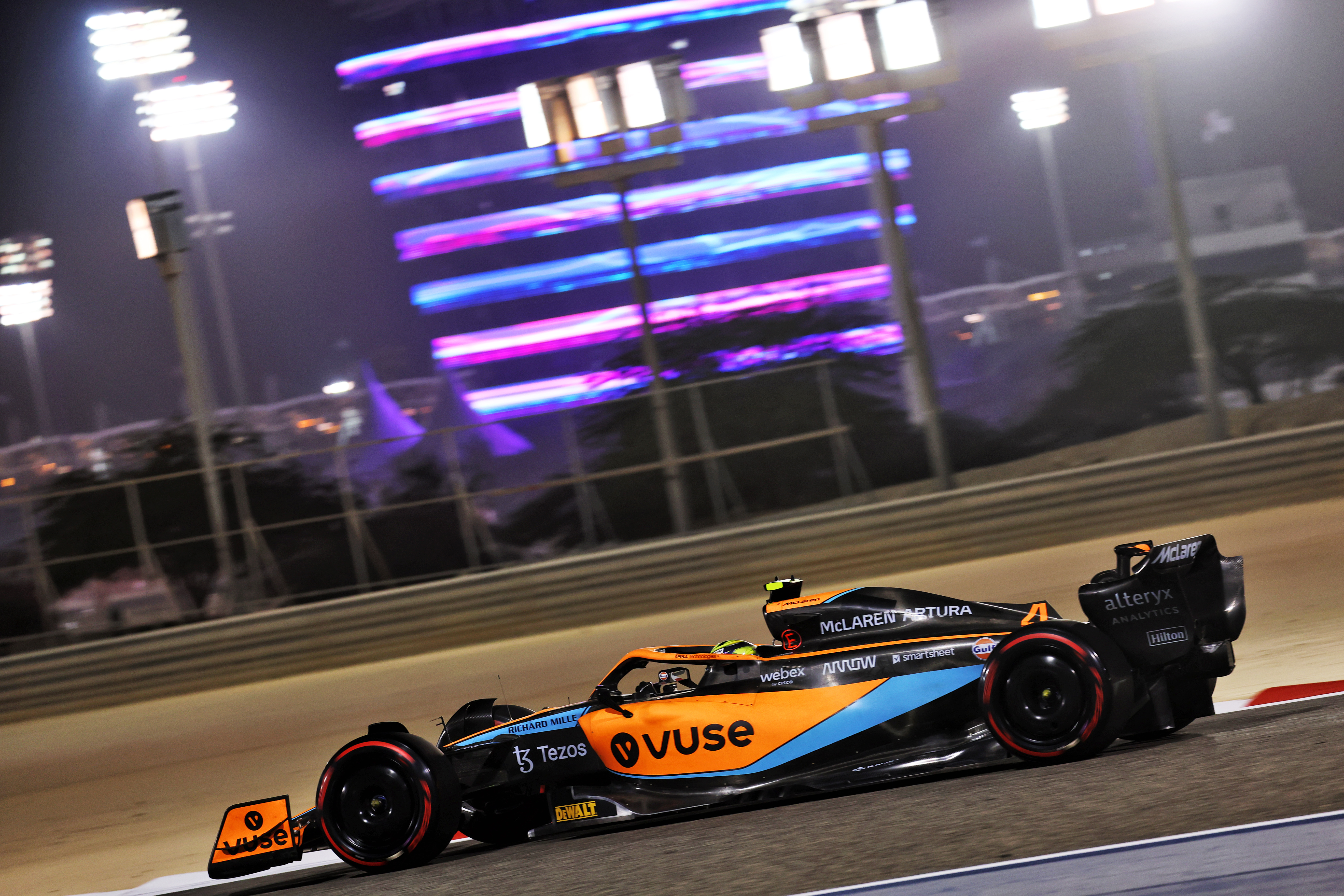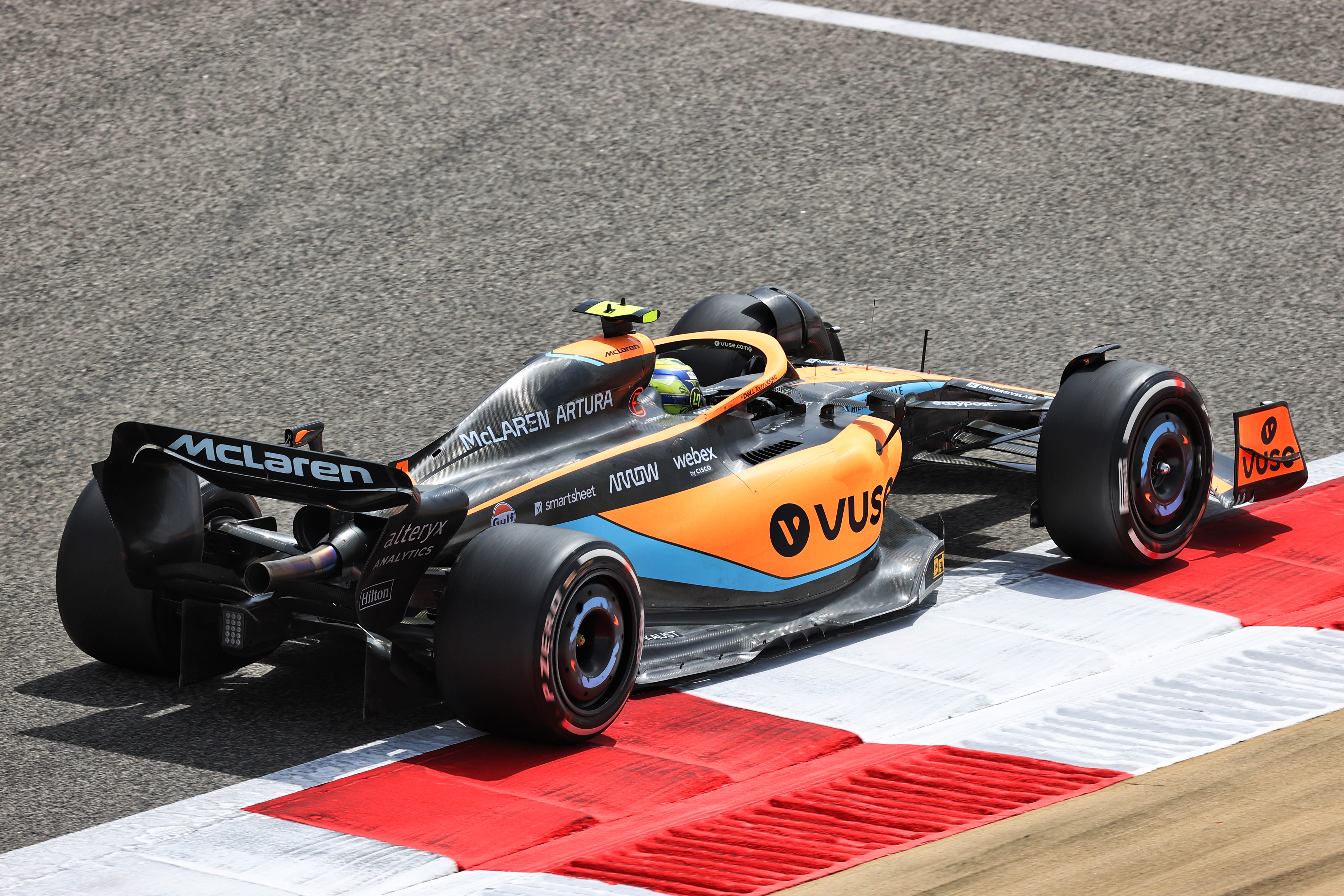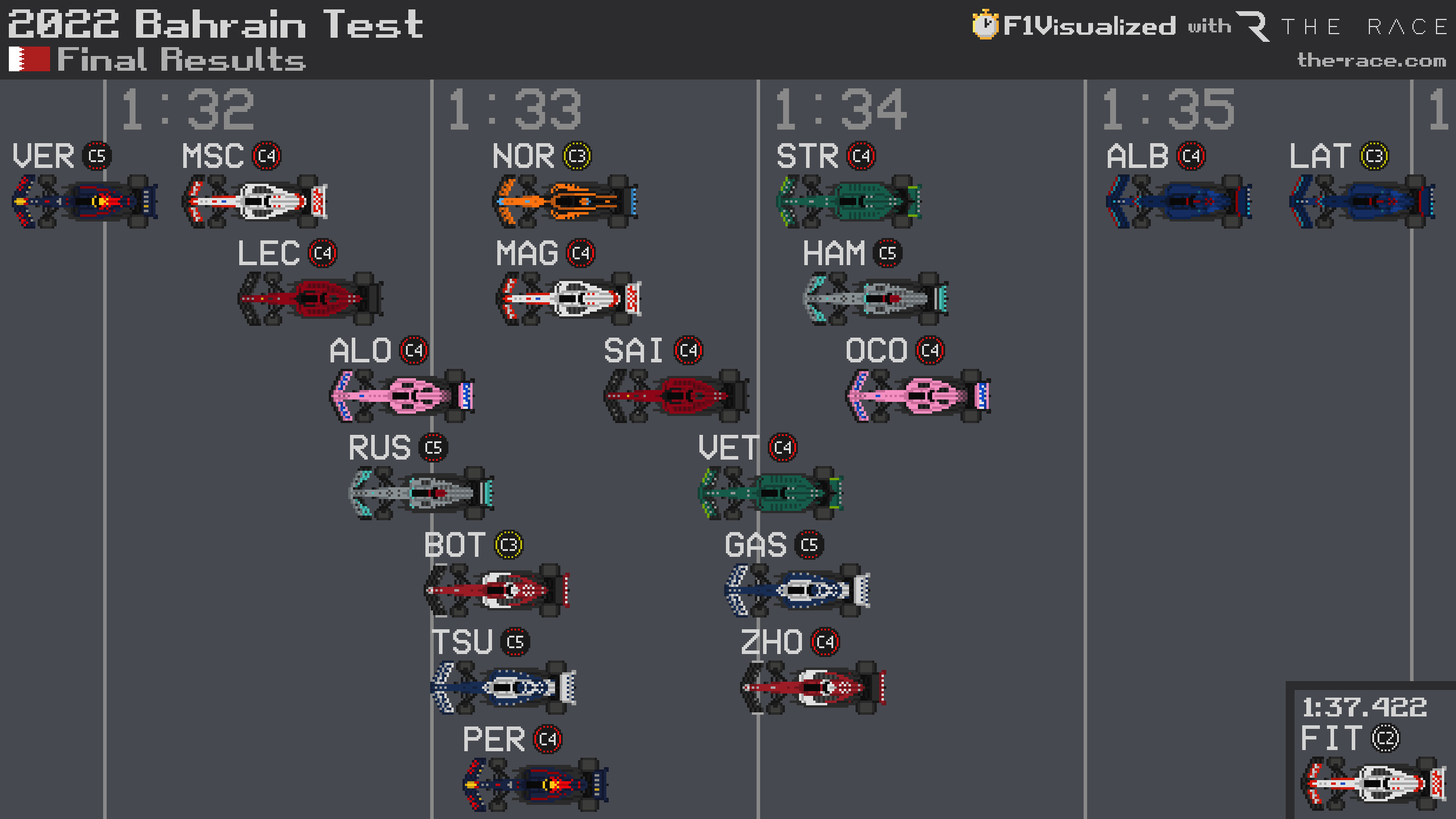Where McLaren stands after a test spent ‘firefighting’
McLaren spent the final 2022 Formula 1 pre-season “firefighting” according to its team boss Andreas Seidl with brake issues that limited its running and created a “race against time”. But where does it leave the team in the pecking order?

The raw numbers paint a bleak picture at the end of McLaren’s Formula 1 pre-season. It was the eighth fastest-team in Bahrain with the lowest mileage after battling overheating brakes.
Team boss Andreas Seidl didn’t sugarcoat it on Saturday: “It was pretty much firefighting so far this test.”
McLaren’s “heavily compromised” Bahrain test is reflected in its low lap count.
What had been such a solid start in Barcelona gave way to a sustained issue in Bahrain as McLaren was surprised to discover its brake ducts were insufficient in dealing with the temperatures in the Middle East.

Efforts were made to mitigate the impact on-site and on the final day new parts made it out from Woking but it was not enough to eliminate the problem entirely. That’s why Lando Norris jumped from just 50 laps on day one and 60 on day two to managing 90 on day three – better, but still not as much as McLaren should have been capable of.
“It’s definitely track related, temperature related,” said Seidl. “We knew coming here, with experience in the past, you need more brake cooling and we obviously thought with the options we had available for here that we are in the right window.
“So it took us a bit by surprise. We simply need to make an upgrade to the specification of the brake ducts. But only having two days available to solve the issue after experiencing it is just not enough time to get a proper solution here and that’s the issue we are facing.
“It’s a race against time. That’s why we could only put certain steps in place.
“It was limiting us to a certain degree. But I’m confident that for next week going into the race weekend that we have the right solution in place.”
There are two silver linings for McLaren from this situation. The first is that the test was evidently not a total waste.

Reacting to the problem required a coordinated effort across the trackside team and engineering and production staff back at the factory, to define the short-term and medium-term solutions.
This broadly seems to have resulted in three decisions to reduce the magnitude of the problem while also ensuring it is eliminated in time for the season opener: as many trackside modifications as possible, a quick temporary upgrade to the brake ducts that could be shipped out in time for Saturday, and a permanent fix readied in the days between then and Friday practice.
Seidl said this was helped by the Woking team being “on standby 24/7” anyway because there has been so much to do with the all-new 2022 cars: “The preparation for this season has been intense already before going to the first test and it simply kept going throughout the Barcelona test, throughout the break between the two tests, and throughout this test here.”
Trackside, McLaren had to re-prioritise its tasks. It adjusted run plans to focus on shorter runs. Across day one and day two, Norris’s longest stint of representative times was four laps. By Saturday this increased to 10.
But in between, McLaren was still able to get “quality testing” done. This involved understanding the car more with set-up changes as well as testing some upgrades.
“We could actually make steps in terms of performance as well,” said Seidl.
“So from this side, I’m happy. But of course, limited running is not ideal.”
Unsurprisingly McLaren did not get through all it had planned for this test in terms of being fully prepared for this weekend’s grand prix.

That was made very clear when Norris declared on Saturday McLaren is “behind where we want and need to be to say we’re in any way confident going into the first race”.
Seidl confirmed this: “When you only have six test days going into this season with completely new cars, what you want to do is mileage as well combined with good quality testing.
“What we have experienced so far has limited that part of the test quite a lot and definitely puts us on the backfoot.
“At the same time we are an experienced team with experienced drivers so I still hope that with the testing we still could do, the upgrades we brought to the car this week, that we still could limit the damage.”
Assuming the new brake ducts arrive in time and work as McLaren need them to, the second silver lining from this test will be relevant: the car looks fast.
Norris’s fastest lap on the final day did not really give an accurate account of the MCL36’s performance, hence he was only ninth overall and McLaren eighth of the 10 teams.

The McLaren is probably not on the Red Bull/Ferrari level but is free of the impossibly tight midfield and maybe on a par or even quicker than the compromised Mercedes. Norris’s longer running on Saturday certainly hinted it might be.
How quick McLaren will be in Bahrain, where it will finish and whether it will finish it all comes down to the solution it will bring for the cause of its testing troubles. Getting that right is McLaren’s most pressing concern.




